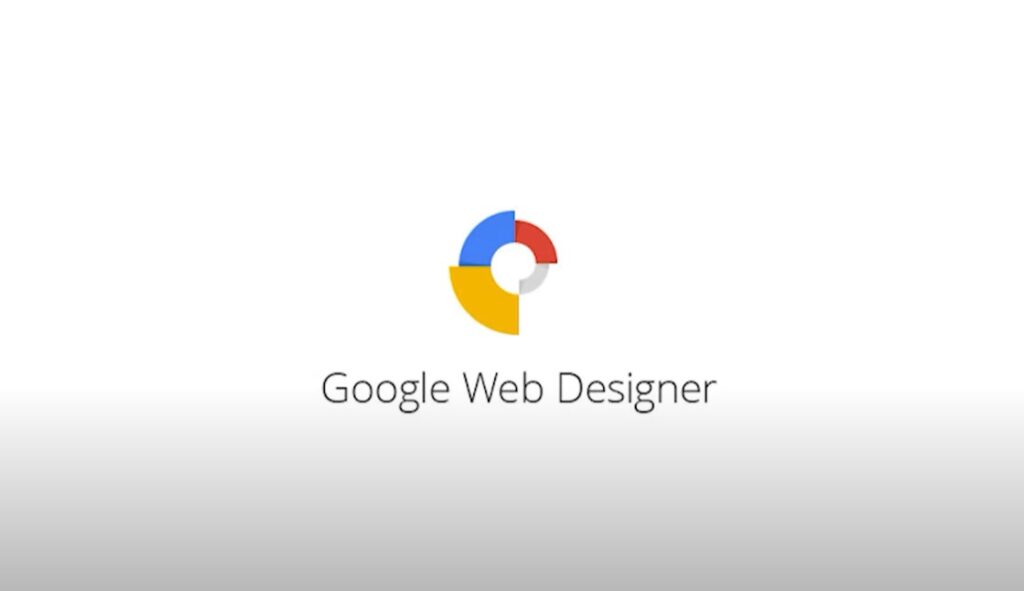
Google Web Designer is a free tool developed by Google for creating interactive HTML5 content such as advertisements, banners, and animations. However, many people wonder if Google Web Designer can be used to create a website. In this article, we will explore the capabilities of Google Web Designer and whether it is suitable for website creation.
Google Web Designer offers a range of features for creating rich and interactive content. It supports both design and code view, allowing users to create content visually or by editing the HTML, CSS, and JavaScript code directly. The interface is user-friendly and easy to use, making it accessible even for beginners.
One of the main advantages of Google Web Designer is its support for HTML5, the latest version of HTML. HTML5 provides a range of features for creating rich and interactive web content, such as video, audio, and canvas elements, without the need for third-party plugins such as Adobe Flash. HTML5 is also mobile-friendly, which is important for website design, as more and more people access the web from mobile devices.
Google Web Designer also supports responsive design, which is essential for creating websites that look good on any device, including desktops, tablets, and smartphones. Responsive design allows websites to adapt to the screen size and orientation of the device, providing a seamless user experience across different devices.
However, while Google Web Designer supports HTML5 and responsive design, it has some limitations that make it unsuitable for creating a full-fledged website. For example, it lacks the features needed for content management and backend development, which are essential for creating a dynamic website that can be easily updated and maintained.
Furthermore, Google Web Designer is designed primarily for creating advertisements and other forms of online content, which are typically small and self-contained. Websites, on the other hand, are larger and more complex, often requiring integration with other services and databases.
Another limitation of Google Web Designer is its lack of support for server-side scripting languages such as PHP and ASP.NET. These languages are essential for creating server-side functionality, such as database integration, form handling, and user authentication, which are crucial for many websites.
In conclusion, while Google Web Designer is a powerful tool for creating rich and interactive HTML5 content, it is not suitable for creating a full-fledged website. Its limitations in terms of content management, backend development, and server-side scripting make it unsuitable for creating a dynamic website that can be easily updated and maintained. However, it can be useful for creating individual web components or for prototyping certain aspects of a website’s design.
If you are looking to create a website, there are many other tools available that are specifically designed for website creation. These tools offer features such as content management systems, backend development, and server-side scripting, as well as responsive design and support for HTML5. Some popular website builders include WordPress, Wix, Squarespace, and Shopify, to name a few.
Ultimately, the choice of tool depends on the specific requirements of your website and your own preferences and skills. It is always important to carefully evaluate the features and limitations of any tool before committing to it, to ensure that it is suitable for your needs.